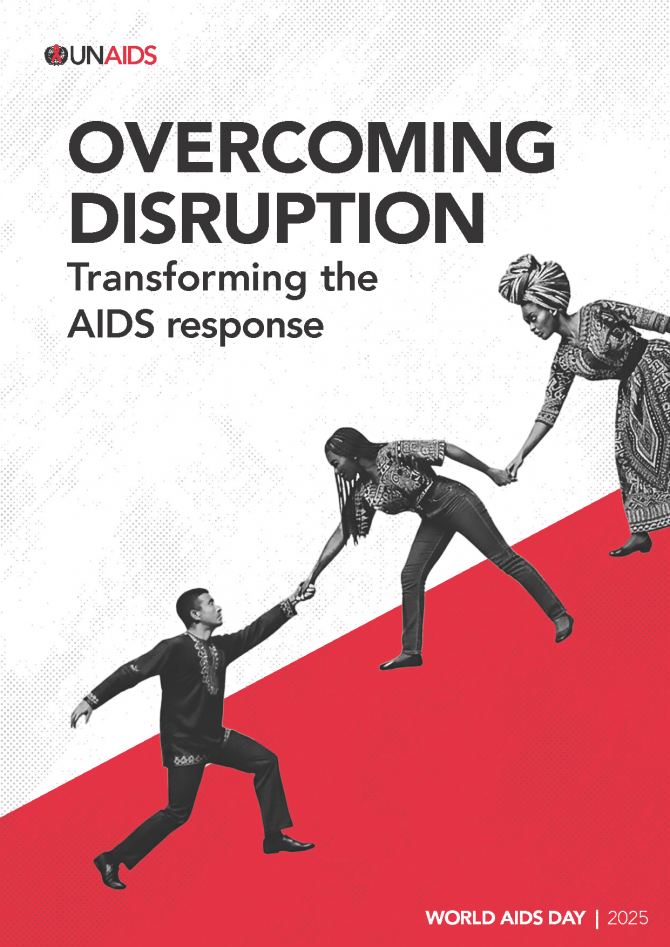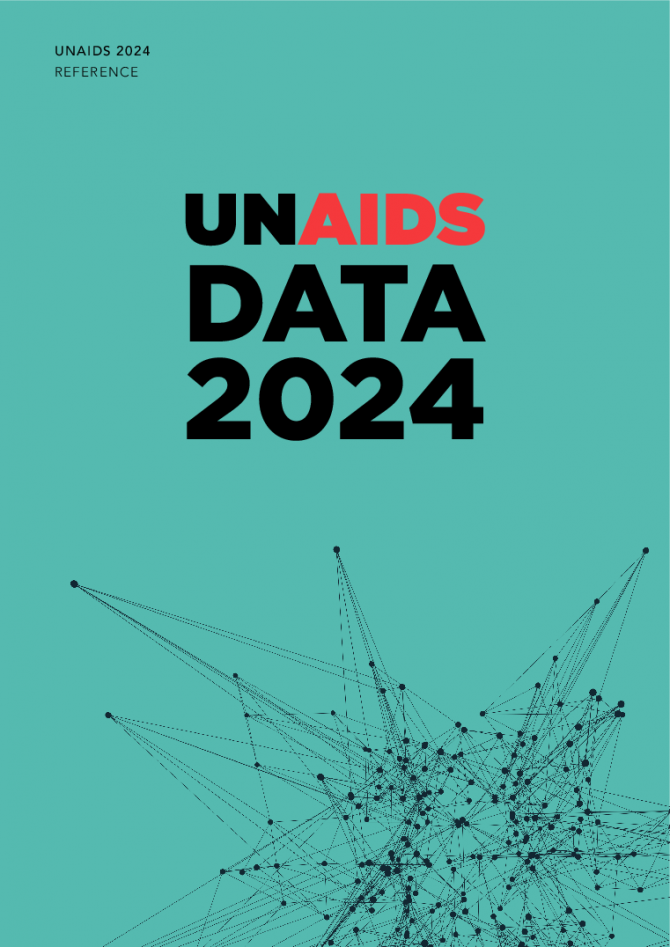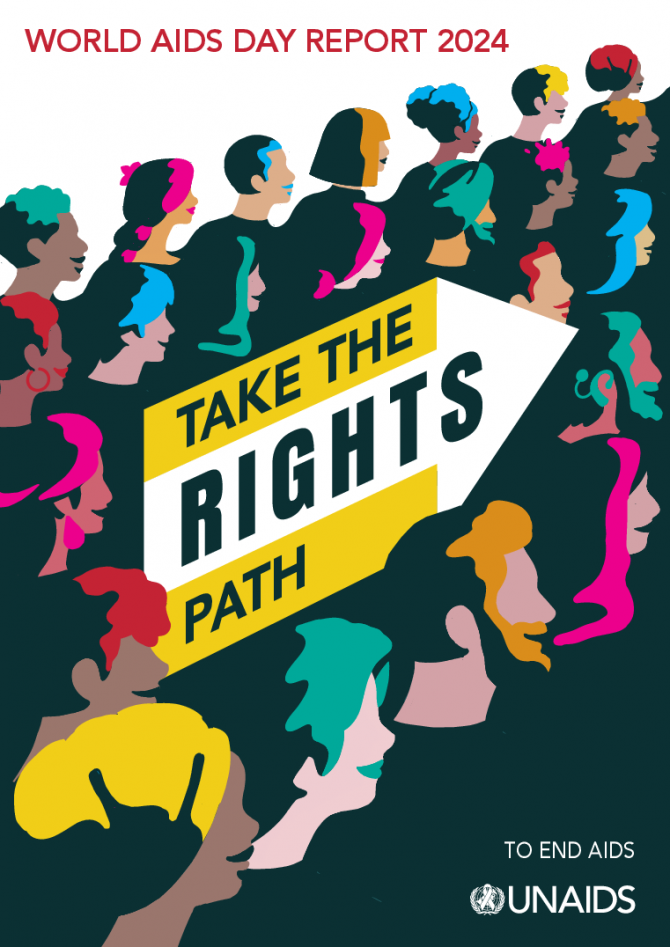
Topic
HIV treatment
Since the discovery of AIDS in 1981 and its cause, the HIV retrovirus, in 1983, dozens of new antiretroviral medicines to treat HIV have been developed. Different classes of antiretroviral medicines work against HIV in different ways and when combined are much more effective at controlling the virus and less likely to promote drug-resistance than when given singly. Combination treatment with at least three different antiretroviral medicines is now standard treatment for all people newly diagnosed with HIV. Combination antiretroviral therapy stops HIV from multiplying and can suppress HIV to undetectable levels in blood. This allows a person’s immune system to recover, overcome infections and prevent the development of AIDS and other long-term effects of HIV infection.
Civil society activists, working closely with researchers and national regulatory authorities, promoted unprecedented investment in AIDS research and accelerated access to new medicines. This enabled new medicines and combinations to get to patients faster than ever before. Pressure from the global AIDS movement also ensured that the prices of new medicines were rapidly brought down to make them affordable to almost every country in the world.
Currently, there are 23.3 million people globally on HIV treatment. A person living with HIV who starts antiretroviral therapy today will have the same life expectancy as an HIV-negative person of the same age. Antiretroviral therapy results in better outcomes when started early after HIV infection rather than delaying treatment until symptoms develop. Antiretroviral therapy prevents HIV-related illness and disability and saves lives. AIDS-related deaths have globally declined by 43% since 2003. Antiretroviral therapy also has a prevention benefit. The evidence is now clear that people living with HIV with an undetectable viral load cannot transmit HIV sexually.
Safer and more effective antiretroviral medicines and combinations are increasingly available and affordable for low- and middle-income countries. Current World Health Organization recommended standard first-line antiretroviral therapy for adults and adolescents consists of two nucleoside reverse-transcriptase inhibitors (NRTIs) plus a nonnucleoside reverse transcriptase inhibitor or an integrase inhibitor. Fixed-dose combinations and once-daily regimens are preferred. Second-line antiretroviral therapy in adults consist of two NRTIs plus a ritonavir-boosted protease inhibitor.
The effectiveness of HIV treatment is best monitored by measuring the amount of HIV in a person’s blood. If the virus cannot be detected they are said to have viral-load suppression—indicating that their HIV infection is unlikely to progress and they are at no risk of transmitting the virus to their partner. Viral-load testing is recommended six months after starting antiretroviral therapy and annually thereafter to ensure that treatment is being taken and that drug-resistance has not developed.
HIV treatment works best when taken as prescribed. Missing doses and stopping and re-starting treatment can lead to drug resistance, which can allow HIV to multiply and progress to disease. People living with HIV on treatment need to be provided with the support that they need to overcome the challenges to taking treatment regularly and robust systems to monitor drug resistance must be in place.
WHAT UNAIDS DOES ON HIV TREATMENT
The 90–90–90 targets were adopted in the 2016 United Nations Political Declaration on Ending AIDS. The 90–90–90 targets are that, by 2020, 90% of people living with HIV know their HIV status, 90% of people who know their HIV-positive status are accessing treatment and 90% of people on treatment have suppressed viral loads. Reaching the 90–90–90 targets is essential if the world is to get on the Fast-Track to ending the AIDS epidemic as a public health threat by 2030.
UNAIDS works with civil society, government and private sector partners to ensure that all people at risk of HIV are able to access HIV prevention, testing, treatment and care services. Accelerated scale-up of HIV treatment and prevention will lead to significant economic benefits in low- and middle-income countries. Achieving the Fast-track Targets would reduce future direct treatment expenditures by 43% as a result of new infections averted.
UNAIDS also affirms the importance of respecting a person’s right to know their HIV status and to decide whether and when to begin antiretroviral therapy. HIV treatment decisions must be well-informed and voluntary. Wider and more equitable delivery of antiretroviral therapy will require increased efforts to address the social and legal barriers that inhibit access to health services for people living with HIV, especially marginalized populations.
Read more
Stories
Videos








